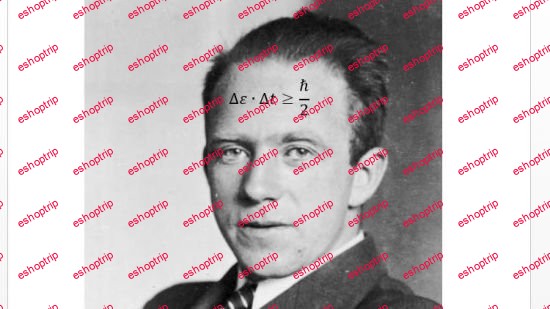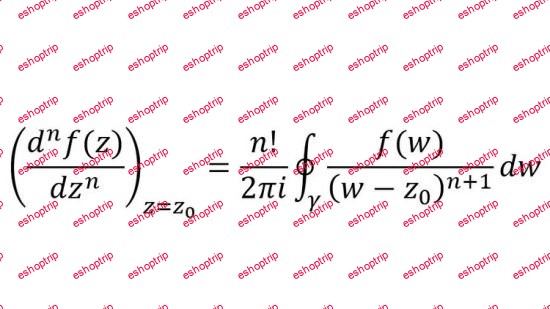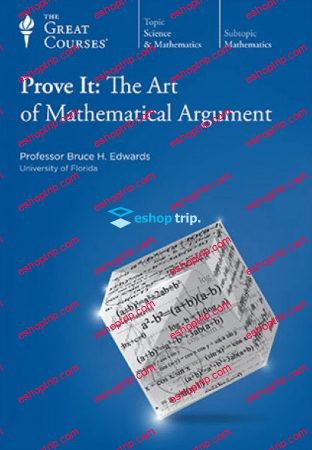Genre: eLearning | Language: English + srt | Duration: 9 lectures (1h 56m) | Size: 938 MB
Why particles can come into existence and then fall back into non-existence
What you’ll learn:
How to derive Heisenberg Uncertainty Principle using concepts of Probability Theory
Requirements
Fourier Transform and its Inverse
Some notions of probability theory (distributions, mean, variance)
Calculus (Integration by parts, derivatives)
Complex numbers
Description
This course revolves around the mathematical derivation of Heisenberg Uncertainty Principle. Starting from some intuitive assumptions about probability distributions, we will derive this famous principle (which becomes a theorem starting from the axioms of probability). We will also dedicate some time to the physical insights and implications of this principle, such as the possibility that particles can come into existence and fall back into non-existence.
The prerequisites to the course are:
-knowledge of what probability distributions are
-how to calculate the mean and the variance of a random variable from a probability distribution
-the definition of the Fourier Transform and its Inverse Transform
-integration by parts and how to take derivatives
Who this course is for
Students who are interested in Physics and in mathematical derivations of concepts











Reviews
There are no reviews yet.